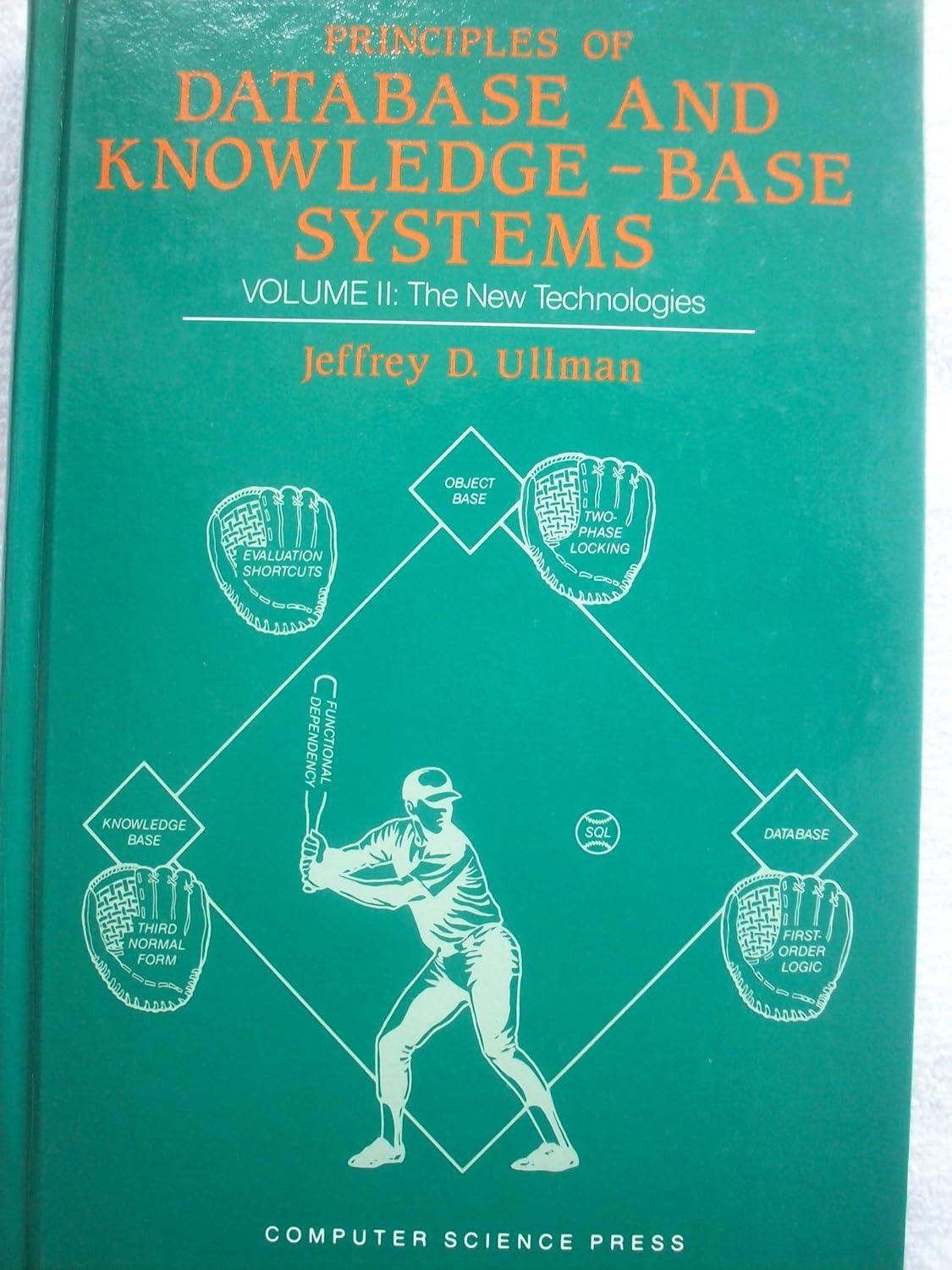Answered step by step
Verified Expert Solution
Question
1 Approved Answer
parent(jill, john). parent(john, pam). parent(pam, bob). parent(tom, bob). parent(tom, liz). parent(bob, ann). parent(bob, pat). parent(pat, jim). female(jill). female(pam). male(tom). male(bob). female(liz). female(ann). female(pat). male(jim). male(john).
parent(jill, john). parent(john, pam). parent(pam, bob). parent(tom, bob). parent(tom, liz). parent(bob, ann). parent(bob, pat). parent(pat, jim). female(jill). female(pam). male(tom). male(bob). female(liz). female(ann). female(pat). male(jim). male(john). The above is the database for the prolog programs. For program 1, write the predicates for 1) mother(X,Y) and 2) offspring(Y,X) Here the first is interpreted as X is a mother of Y, and the second is Y is an offspring 0f X. For program 2, write the predicates for 1) sister(X, Y) and 2) ancestor(X,Y) Here the first one is interpreted as X is a sister Y and the second one as X is an ancestor of Y. In the sister predicate you should include the following predicate different(X,Y) := not(X,Y) This will insure that a person cannot be her own sister. Of course, this predicate must also be included in the program before its used in "sister".
Step by Step Solution
There are 3 Steps involved in it
Step: 1

Get Instant Access to Expert-Tailored Solutions
See step-by-step solutions with expert insights and AI powered tools for academic success
Step: 2

Step: 3

Ace Your Homework with AI
Get the answers you need in no time with our AI-driven, step-by-step assistance
Get Started


